Medal of Honor recipient, a chaplain who died in captivity, identified among Korean War remains
- By Military Times
Share This Article
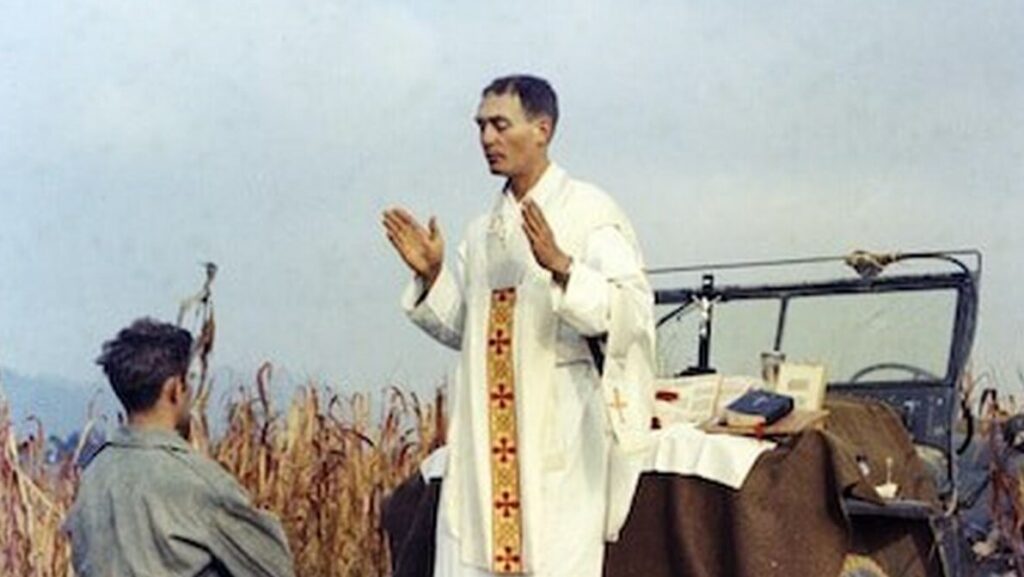
This article by Harm Venhuizan originally appeared in the Army Times
The Defense POW/MIA Accounting Agency has identified the remains of Chaplain (Capt.) Emil J. Kapaun, a Medal of Honor recipient who died as a prisoner of war in Korea.
Kapaun was identified on Mar. 2, the DPAA announced Friday. His remains were among the 867 buried as “Unknowns” at the National Memorial Cemetery of the Pacific in Hawaii, according to a DPAA news release.
Also known as the “Punchbowl,” the NMCP is the final resting place of many servicemembers’ unidentified remains. The Korean War Disinterment Project, initiated in 2018, is a seven-phase plan to disinter and identify all of the Korean war remains in the Punchbowl.
“After 70 years Chaplain (Capt.) Kapaun has been accounted for. His heroism and resilient spirit epitomized our Army values of personal courage and selfless service,” said acting Secretary of the Army John E. Whitley.
Kapaun and the members of the 3rd Battalion, 8th Cavalry Regiment, 1st Cavalry Division were among the first to enter and travel north through Korea. On Nov. 1, 1950, the unit was attacked by Chinese Communist Forces near the city of Unsan.
/cloudfront-us-east-1.images.arcpublishing.com/mco/3HCJP7QBSZDUVN2MAZPRPCUVVQ.webp)
The American troops defended themselves successfully against the initial assault but soon found themselves surrounded. While withering fire rained down around his comrades, Kapaun made his way back and forth across the battlefield to provide medical assistance and last rites to wounded and dying soldiers, according to his Medal of Honor citation.
Recognizing the unit’s dire situation, commanders ordered all able-bodied soldiers to evacuate the area. But Kapaun stayed, knowing he would be captured.
Soldiers engaged in hand-to-hand combat as the enemy pushed into their position and overwhelmed the remaining troops. Kapaun spotted a wounded Chinese officer while the enemy forces advanced and negotiated with him to determine the Americans’ terms of safe surrender. The chaplain was taken prisoner alongside more than a dozen other soldiers.
Moving through the battlefield as prisoner, Kapaun spotted an enemy soldier standing over a wounded Sgt. First Class Herbert Miller. He pushed the enemy soldier aside “with complete disregard for his personal safety and unwavering resolve,” according to his citation, and carried Miller safely from the ditch where he lay. 43 years later, Miller was in attendance at the White House ceremony where Kapaun was awarded the Medal of Honor.
Kapaun continued to selflessly serve his fellow soldiers in the Old Pyoktong prison camp on the south bank of the Yalu River in present-day North Korea. The chaplain stole food for his fellow prisoners, led masses in the camp, and was a source of encouragement to those around him, even going so far as to share the clothes off his back in cold weather, according to President Barack Obama in his speech awarding Kapaun the Medal of Honor.
On May 23, 1951, Kapaun died from exhaustion and possible heart failure at the age of 35 in a “sick house” in the prison camp, according to an Army news release.
/cloudfront-us-east-1.images.arcpublishing.com/mco/SIRMR5S6KNGEFHKUWDWITFBF44.webp)
Pope John Paul II declared Kapaun a Servant of God, the first step to achieving sainthood, in 1993. The Father Kapaun Guild continues to seek the chaplain’s canonization. The Catholic Church began reviewing more than 8,000 pages of documentation supporting the cause for Kapaun’s sainthood in November 2015.
On Apr. 11, 2013, Obama posthumously awarded Kapaun the Medal of Honor. “This is the valor we honor today: An American soldier who didn’t fire a gun, but who wielded the mightiest weapon of all – a love so pure that he was willing to die so they might live,” Obama said at the time.
The Army estimates that approximately 7,500 servicemembers who served in the Korean War remain unaccounted for to this day. Kapaun’s accounting for “reaffirms our commitment to never leaving a fallen comrade,” said Army Chief of Staff James McConville.
Related Posts
Sandboxx News Merch
-

F-35 ‘Lightning’ Poster
$22.00 – $28.00 Select options This product has multiple variants. The options may be chosen on the product page -

F-35 ‘Evolution’ Poster
$22.00 – $28.00 Select options This product has multiple variants. The options may be chosen on the product page -

F-35 ‘Evolution’ Framed Poster
$45.00 – $111.00 Select options This product has multiple variants. The options may be chosen on the product page
Military Times
MilitaryTimes.com is a part of the Sightline Media Group, formerly known as the Army Times Publishing Company, which first published Army Times in 1940. Throughout its history, the company has a strong heritage and tradition of meeting the highest standards of independent journalism and has expanded with publications serving all branches of the U.S. military, the global defense community, the U.S. federal government, and several special interest, defense-oriented industry sectors.
Related to: Breaking News, Military History
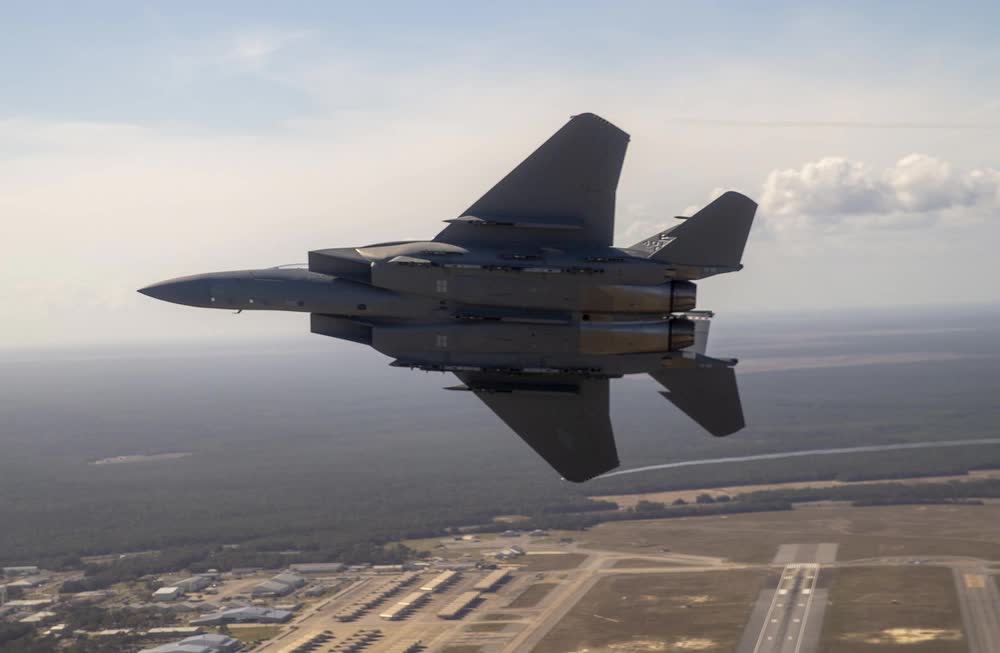
Video: The wild plans to use the F-15EX in the early days of a war
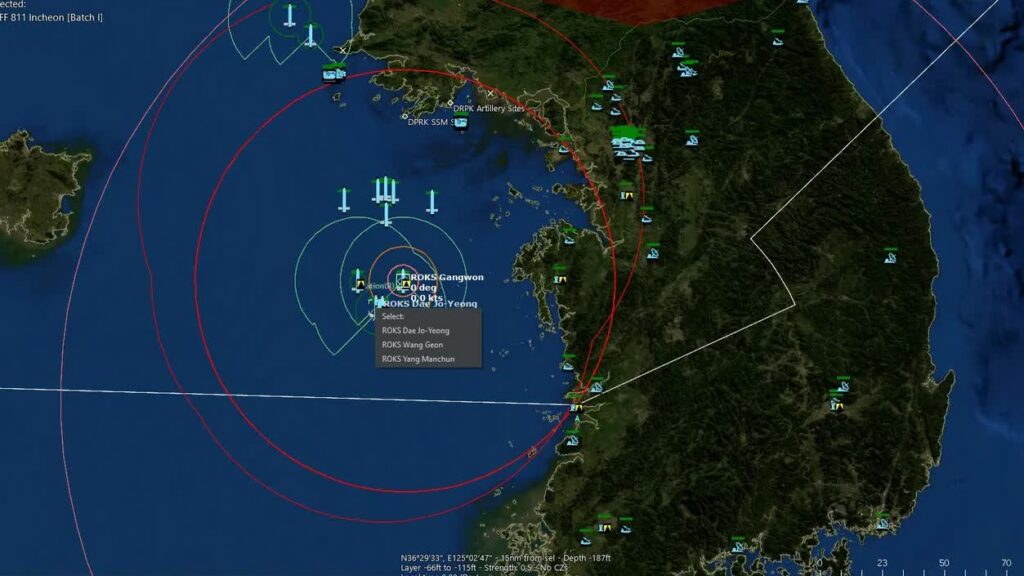
The Air Force is letting troops play a video game to prepare for global conflict
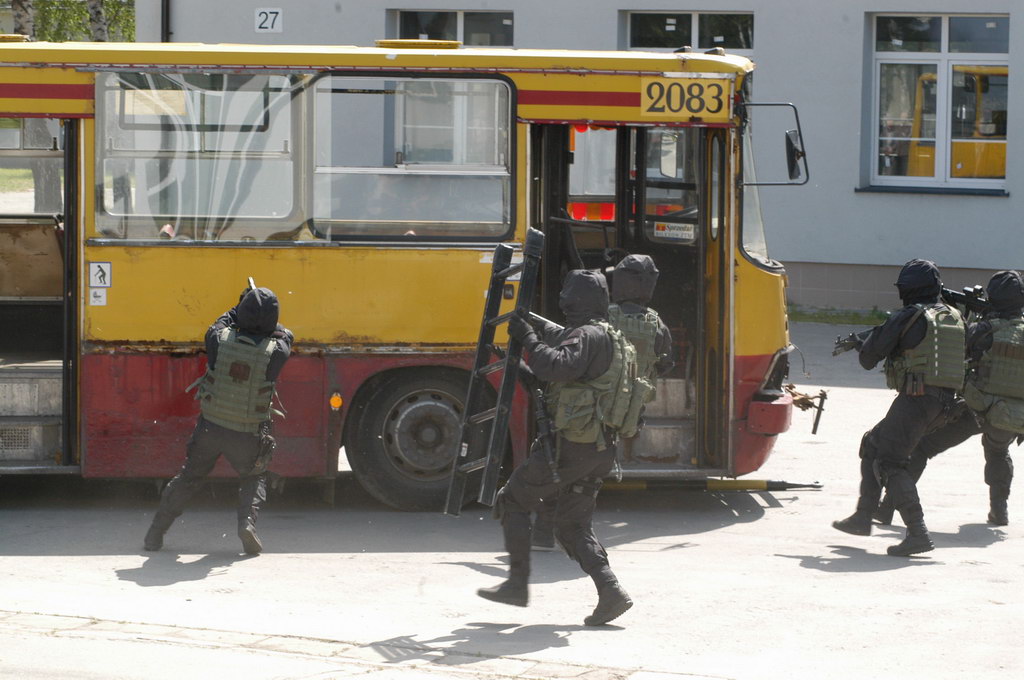
Delta Force escapades with Poland’s elite GROM special operations unit
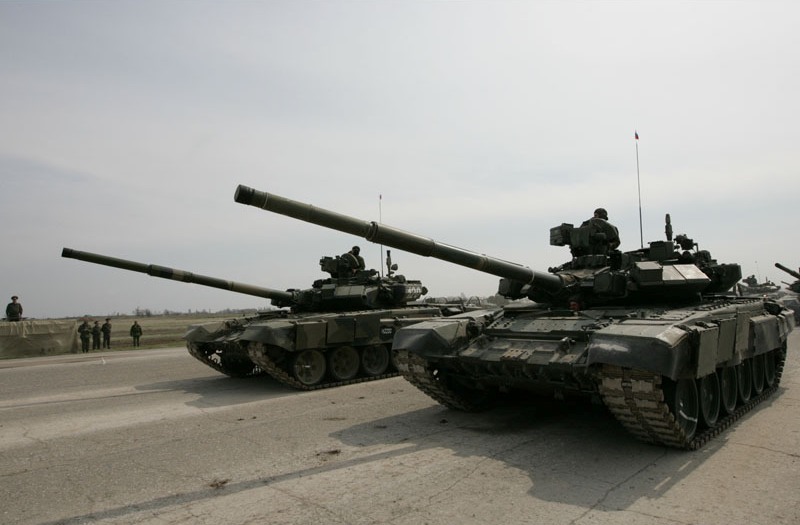
Ukraine is facing serious problems in the east, where Russia’s forces are grinding forward
Sandboxx News
-

‘Sandboxx News’ Trucker Cap
$27.00 Select options This product has multiple variants. The options may be chosen on the product page -

‘AirPower’ Classic Hoodie
$46.00 – $48.00 Select options This product has multiple variants. The options may be chosen on the product page -

‘AirPower’ Golf Rope Hat
$31.00 Select options This product has multiple variants. The options may be chosen on the product page -

‘Sandboxx News’ Dad Hat
$27.00 Select options This product has multiple variants. The options may be chosen on the product page
